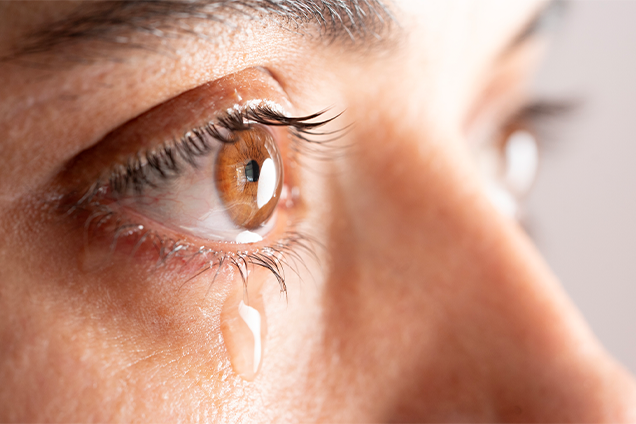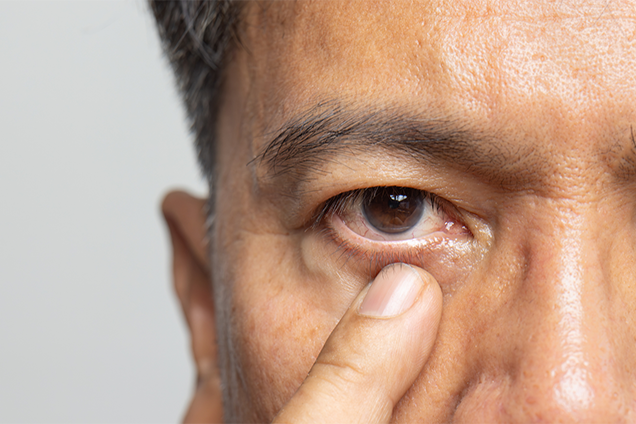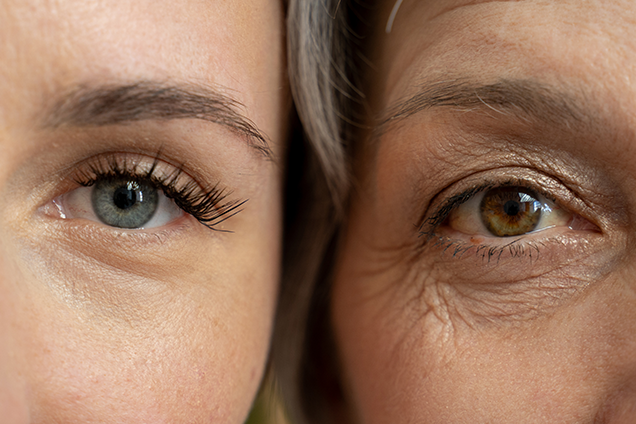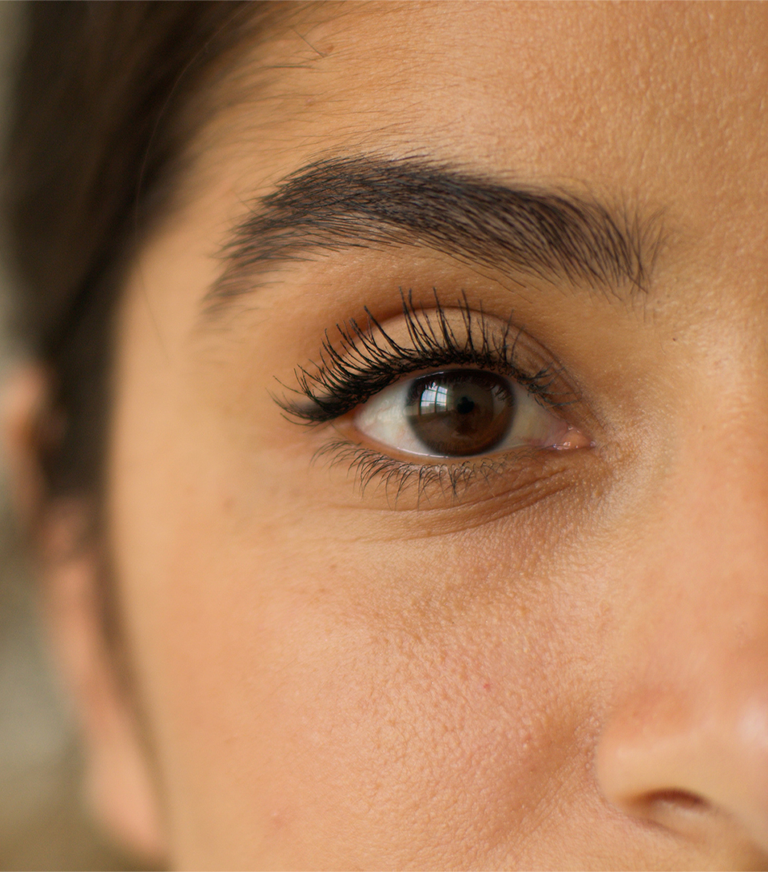Dry Eye Disease Explained
It is estimated that 25% of the Canadian population suffers from Dry Eye Disease (DED), making it one of the most common conditions seen by eye care practitioners. Dry eye sufferers often wonder why their eyes are dry, and the answer is never a simple one but begins with an explanation of what a normal healthy tear layer is supposed to look like.

Healthy Tear Layer
- Lipid layer – the oily outer layer of the tear film. Produced by the Meibomian Glands, it sits on top of the water layer preventing it from evaporating.
- Aqueous layer – the water layer that makes up the middle part of the tear film. It is produced by the lacrimal gland. It bathes the eye in various nutrients and contains some immune cells to protect the eye from getting infected.
- Mucin layer – the bottom layer of the tear film that glues everything down to the surface of the eye.
Lipid Layer Production
The lipid layer, or oily layer, is probably the most important component of the tear film. It is produced by the meibomian glands of the upper and lower eyelids. We have about 25 – 40 in the upper lid and 20 – 30 in the lower lid. When the glands are not functioning properly they don’t secrete enough oil into the tears; this causes the tears to evaporate too quickly. Meibomian gland dysfunction (MGD) is the leading cause of dry eye disease.


Meibomian Gland Dysfunction
MGD is the most common cause of dry eye, accounting for about 90% of all cases. Though anyone can develop MGD, our risk of developing this condition increases with age, with adults over 40 being much more likely to experience MGD than children or younger adults.
A study of older adults (average age of 63) found that nearly 59% had at least one sign pointing towards MGD, and another study found that almost 69% of Asian people from Thailand, Japan, and China have MGD. Wearing makeup can also increase your risk of developing MGD, particularly if you do not thoroughly remove your makeup before bed each night.
Aqueous Layer Production
The aqueous layer, or water layer, is the largest component of the tear film and is produced by the lacrimal gland. The aqueous layer contains nutrients and immune cells to help maintain the integrity of the front surface of the eye. If the lacrimal gland is not producing enough aqueous, then the eyes can dry out very quickly. Health issues such as autoimmune disease and inflammatory conditions can both adversely affect this layer.

Classification of Dry Eye Diseases (DED)
DED can be classified into two main groups: evaporative dry eye and aqueous deficient dry eye. The more we learn about this condition we find that most DED sufferers have a combination of the two. Evaporative dry eye occurs when the Meibomian Glands (MGs) do not produce enough oil to sit on top of the tear layer preventing it from evaporating. The MGs can produce less oil or poor quality oil because of several reasons, including blocked or obstructed glands, inflamed glands or a diet lacking in certain essential fatty acids. Aqueous deficient dry eye occurs when the lacrimal gland is not producing enough of the watery portion of the tear layer. The most common causes would be low-grade inflammation or auto-immune diseases such as psoriasis, arthritis or rosacea.
Stay Up to Date
Join our newsletter today!
Patients CTA
"*" indicates required fields


